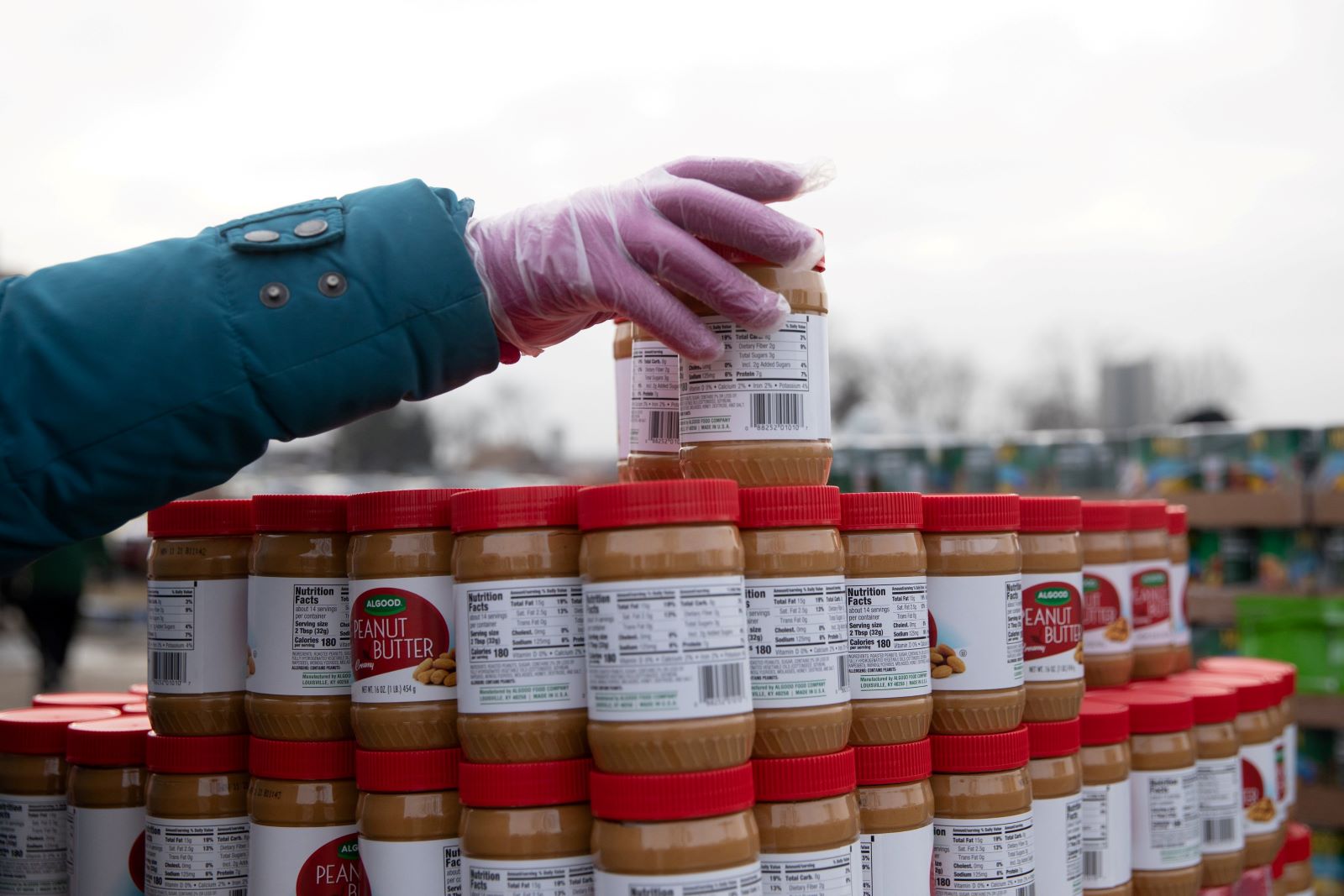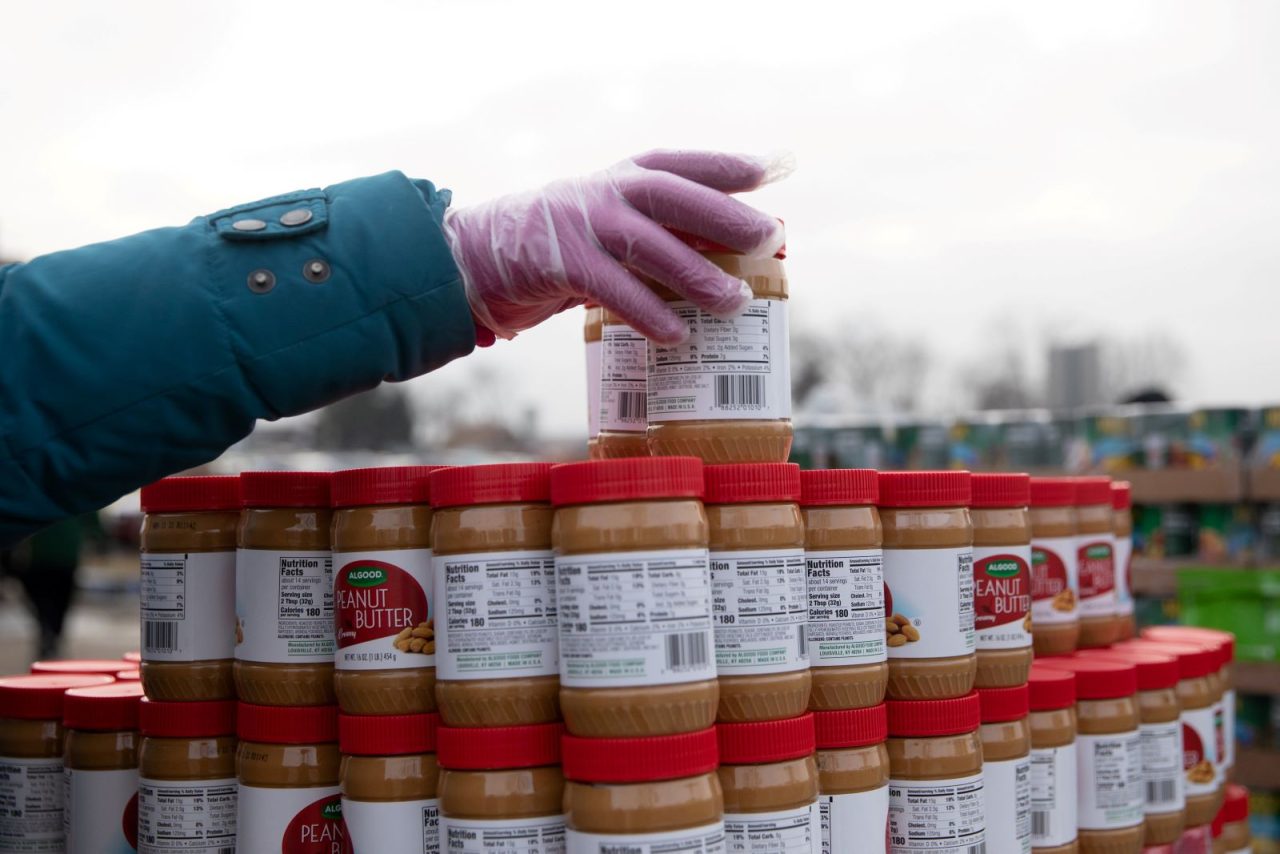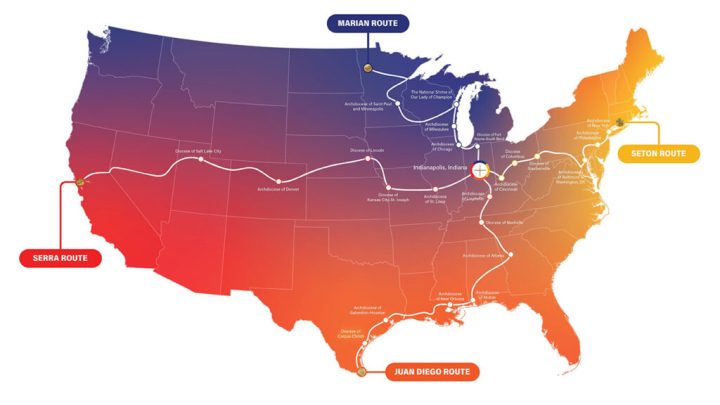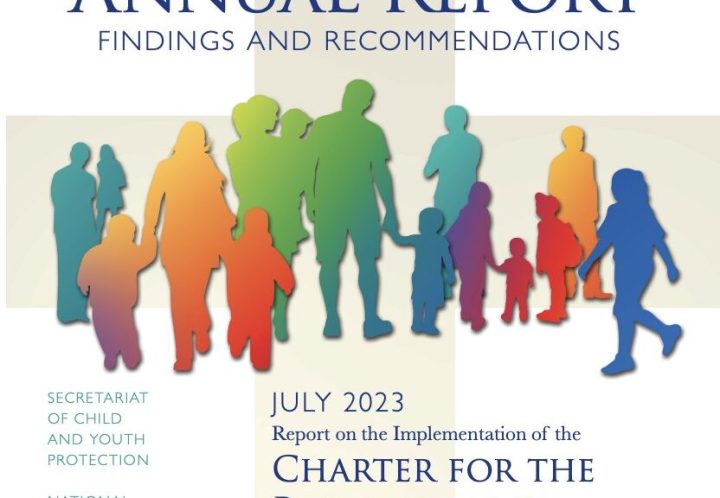
WASHINGTON (CNS) — The year 2021 was an outlier in many respects. Much of the year was characterized by halting steps to return to something resembling normality following the global health emergency declared in 2020 over the coronavirus pandemic.
There was a recession that started before COVID-19 throttled the United States and much of the world, but that lasted a majority of the year. The federal government worked mightily in both 2020 and ’21 to keep the economy from crashing.
The latest assessment is that those efforts paid off.
A U.S. Census Bureau briefing Sept. 13 noted that poverty went down almost entirely across the board — age, race and other indicators. One of the big findings was that the Census Bureau’s supplemental poverty measure for children had reached its lowest level since the bureau started recording the figures.
“SPM (supplemental poverty measure) child poverty rates fell 46% in 2021, from 9.7% in 2020 to 5.2% in 2021, a 4.5 percentage-point decline. This is the lowest SPM child poverty rate on record,” the Census Bureau said in its report on the findings. “In 2021, SPM child poverty rates fell for non-Hispanic white (2.7%), Black (8.1%) and Hispanic (8.4%) children, also their lowest rates on record.”
The official poverty rate in 2021 was 11.6%, with 37.9 million people in poverty. While neither the rate nor the number in poverty was significantly different from 2020, it is nearly half the rate when the Census Bureau started tracking U.S. poverty in 1959.
John Creamer, an economist in the Census Bureau’s Poverty Statistics Branch, said in a Sept. 13 blog posting that government assistance lifted 45.2 million people out of poverty in 2021 — or kept them from falling into it.
The news cheered Catholic advocates for poverty reduction.
Given all the uncertainty wrought by COVID-19 last year, “the poverty rates didn’t statistically change from last year to this year. That’s good news. It didn’t get worse,” said Brian Corbin, executive vice president of member services at Catholic Charities USA.
“What I thought was the most important part was the big news related to the decrease among the children,” Corbin added. “The supplemental poverty rate among children — down — the lowest since they’ve been doing SPM analysis.”
“I was most impressed that there is some progress in terms of eliminating poverty,” said Ralph McCloud, executive director of the Catholic Campaign for Human Development, the U.S. bishops’ domestic anti-poverty program. “Ever so slightly, ever so slowly, things are inching down. That probably was the biggest thing.”
How did government act last year to pull people out of poverty? Four words: American Rescue Plan Act.
The law provided additional income in the form of a third stimulus payment sent to households starting March 2021. It also changed several refundable tax credits, including expanding the earned income tax credit to filers without children and making the child tax credit and the child and dependent care credit fully refundable.
Stimulus payments, be they from the federal or state governments, are considered “post-tax” income. Federal and state tax credits and payroll taxes, like FICA, also fall under this heading.
The supplemental poverty measure takes these kinds of payments into account, as well as the official poverty measure, such as the Supplemental Nutrition Assistance Program — originally known as food stamps. These aren’t recognized in the official poverty rate, but the Census Bureau filed a notice Sept. 1 in the Federal Register of its intent to adjust the definition of the official poverty rate in ways that could factor in SNAP and post-tax payments.
Another effort to bridge the gap between wealth and poverty is direct cash payments. It’s sometimes called universal basic income, although its implementation is far from universal. Even so, close to 50 U.S. cities are making the payments, including Los Angeles, which gives $1,000 a month for a year to about 3,200 residents.
“From Catholic Charities’ perspective, we really pride ourselves in helping people try to find way out of poverty and help people break that cycle,” Corbin told Catholic News Service. “Policy matters. It really matters.”
He listed the child tax credit, the earned income tax credit and Social Security. “Those three major programs alone … really helped people, especially children, lower the poverty rate, which is very important, along with SNAP and WIC (the federal Women, Infants and Children nutritional program) and affordable housing are really important,” he said.
Corbin also saw “another factor of good news: The uninsured rate went down a little bit, too. It went down to only 8.3% of the population does not have health insurance; 91% does. Public policy really matters.”
Looking at CCHD’s mission, McCloud said, “I think we do some very intense listening to people in low-income communities and find what they need to survive and to thrive, and we spend some significant time looking at the huge disparities that exist in persons of color and others, and what causes those and how to mitigate those and close those gaps.”
The work, he added, “is still extremely important and essential to improve the lives of low-income communities.”
While the Census Bureau specializes in figures, those helped by CCHD, McCloud said, are “not some numbers. They’re people, they’re lives, they’re families, they’re communities. What the disparity means is that people won’t be educated or fed or clothed or housed the way the haves might be able to enjoy.”
The annual CCHD collection has been moved to the Vatican’s observance of the World Day of the Poor, which coincides with the 33rd Sunday in Ordinary Time, falling this year the weekend of Nov. 12-13.
Corbin said when people first to go a Catholic Charities affiliate, it is most likely for food aid. “Our good case managers at Catholic Charities will talk to the family a little bit more, find what’s going on and locate things within Catholic Charities or within the community to connect them to the things they need.”
As to what the Census Bureau’s report for poverty in 2022 may say, “I would never pre-guess what the CB says in its data,” Corbin said.
Liana E. Fox is assistant division chief of economic characteristics for the Census Bureau, agreed during a Sept. 13 conference call with reporters. “We can’t really speculate on what happens in 2022; 2022’s not even done yet. We haven’t even begun to collect data,” she said.
But a lot of boosted pandemic aid expired at the end of 2021, as did the child tax credit.




